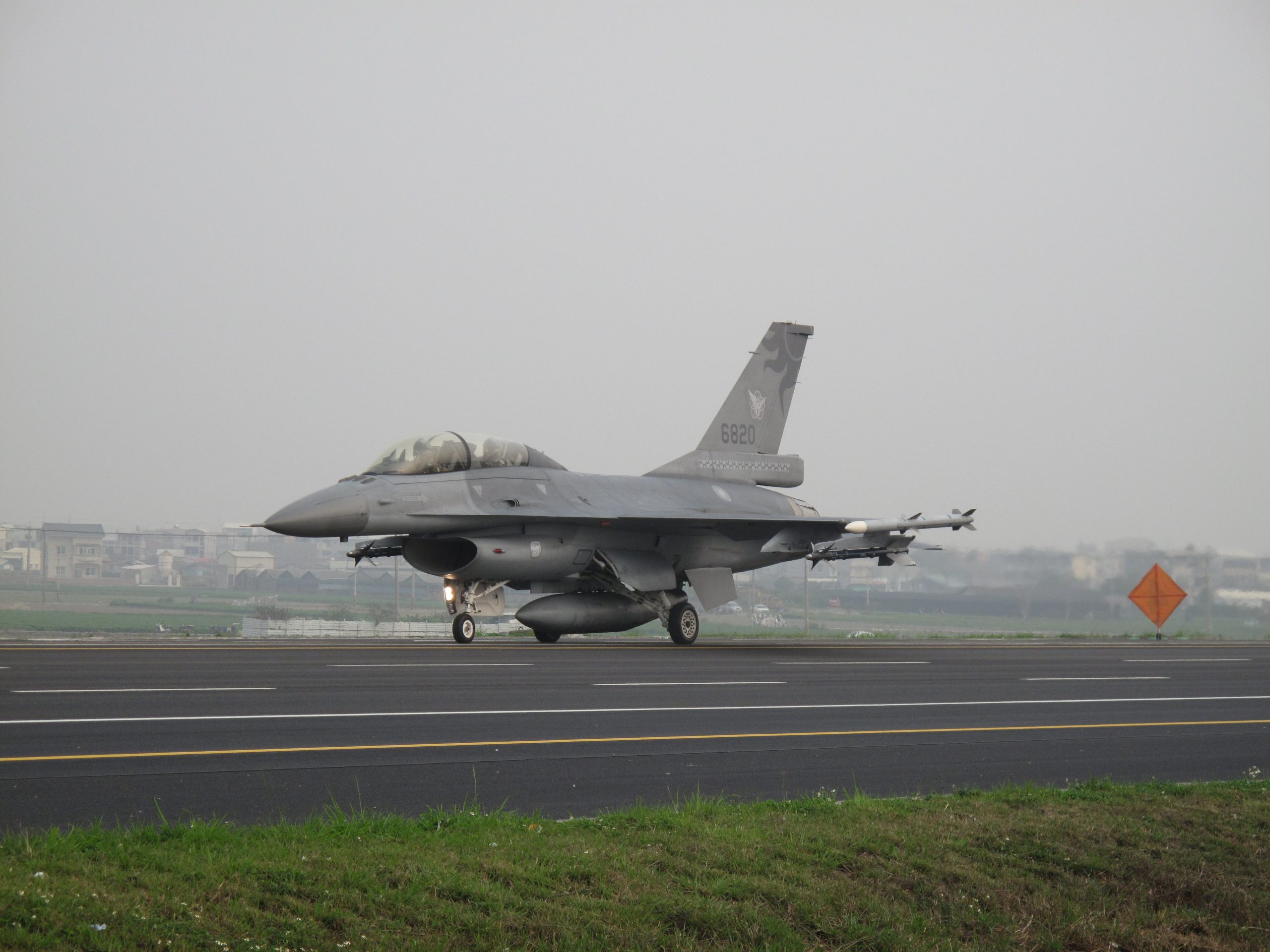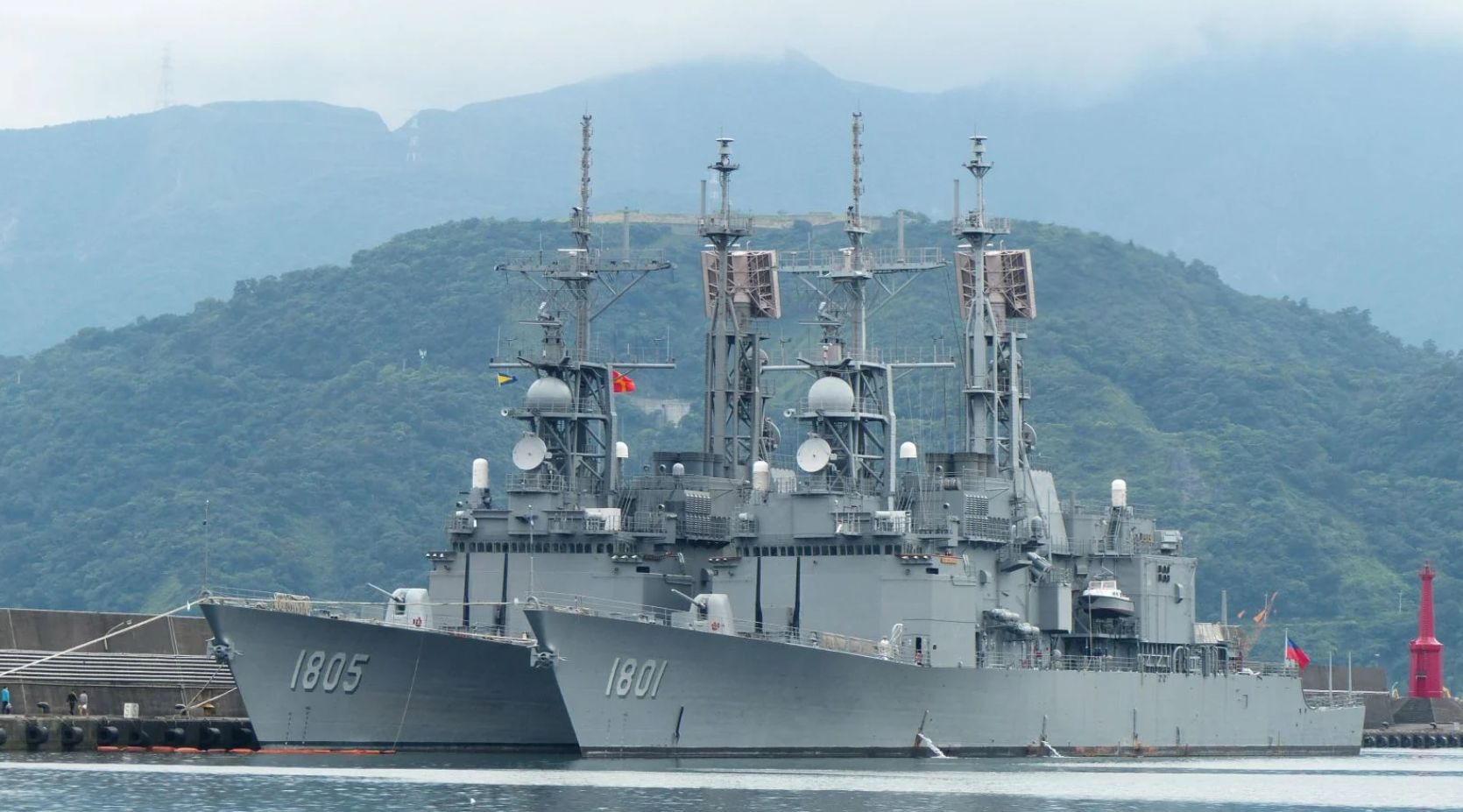Japan, Taiwan, and the United States (US) need to coordinate, communicate more and foster greater military and security dialogue, the lack of which will favor China in the event it makes a military move on Taipei. This was stated by the president of a Taiwanese think tank earlier this week following a two-day tabletop war game event held in Japan.
Ukraine War Proves Multi-Layered Defense, SEAD Missions Hold The Key To Repel Big Enemies; 10 Key Lessons For IAF
Lai I-Chung of the Taipei-based Prospect Foundation said that mechanisms for security communications between Taiwan and Japan are currently “almost non-existent.”
This is the first-of-its-kind unofficial collaborative effort between the three countries since the Japan Forum for Strategic Studies first organized the exercise in August 2021.
High Tensions
Tensions in the Taiwan Strait have been at an all-time high, and the US has been trying to shore up alliances against China, where Beijing continues to assert its sovereignty over Taiwan.
While the Western coalition technically backs Beijing’s claim over the island by repeatedly announcing they uphold the One China Policy, they also oppose “unilateral” changes to the situation.
Beijing says the military supplies to Taiwan, the visits of senior Western political figures, and the foray of the North Atlantic Treaty Organization (NATO) into the western Pacific that has put the PRC in the same camp as Russia and North Korea amounts to an unofficial renunciation of the One China Policy.

War Preparations On A War Footing
Both Beijing and Taipei have been readying their militaries at an unprecedented pace. China continues to send its warplanes like the J-11, J-16, H-6K fighters and bombers, and the BZK 005 and TB-001 drones into Taiwan’s air defense identification zone (ADIZ) in stunning numbers, sometimes in double digits.
Its latest tactic has been to send warships around Taiwan too. The Global Times on July 16 reported a “record-breaking” 15 PLA aircraft and 16 PLA vessels, quoting Taiwan’s Ministry of National Defense’s (MND) July 15 press release.
While the MND did not identify the types of PLA vessels, Japan’s Defense Ministry said in late June that it spotted a PLA flotilla featuring the Type 075 amphibious assault ship Guangxi, the Type 052D destroyer Baotou, the Type 054A frigate Anyang and the Type 903A replenishment ship Chaohu when the sailing from the East China Sea to the western Pacific.
With no reports indicating that the warships have returned, the amphibious group led by the Type 075 could participate in exercises east of Taiwan, according to military expert Song Zhongping, quoted in the Global Times report.
“In a landing mission, it is logical to start amphibious landing after establishing air superiority and control of the sea, so it makes sense to practice amphibious landings following the training of precision strikes, air combat, and sea combat,” GT quoted another analyst.
Taiwan meanwhile conducts pre-exercises preceding its annual Han Kuang drills, particularly focusing on coastal defense.
Japan, Taiwan Need To Coordinate More
According to FocusTaiwan, the wargame simulated an attack and blockade of Taiwan by the Chinese People’s Liberation Army (PLA). It also identified the kind of battlefield management and collaborative defense mechanisms that would be required to thwart such an attack.
Following the event, Lai I-Chung also named humanitarian assistance and disaster relief (HADR) drills that were practiced, despite being unscheduled. “The exercises were carried out in an ad hoc manner which had resulted in many problems and difficulties,” the report in Focus Taiwan added.
Will Japan Defend Taiwan?
Lai pointed to President Tsai Ing-wen’s 2019 statement that called for direct, high-level security talks between Taiwan and Japan. The tabletop simulation, Lai said, showed how the Japanese government took many different matters into consideration before “making decisions.”
The “decisions” pertain to whether to send military aid or fight to defend Taiwan. And the constraint weighing down upon Tokyo would be facing a retaliatory attack from China since Beijing can cite internationally accepted rules of war, which makes a territory or a weapon aimed at it a legitimate target.
This will escalate the conflict to a full-blown regional war and trigger an economic fallout that US and allies themselves have indicated would be dangerous.

However, it would also ensure Beijing conducts a restrained military attack that does not militarily hurt Japanese and US military assets and territory. This will justify a direct military intervention from the West, besides strengthening their diplomatic narrative that China is the aggressor.
The report added that the results were “contrary to how some high-level officials in Taiwan had believed the country was likely to follow US direction simply.” This means Japan will exercise its own independence in deciding whether to aid Taipei.
Japan-Taiwan Political Exchanges
During the simulation, the Taiwan side was led by Lai, with Taiwanese observers including Institute for National Defense and Security Research (INDSR) Chairman Huoh Shoou-yeh, INDSR Deputy CEO Lee Ting-sheng, and INDSR’s Division of Defense Strategy and Resources Director Su Tzu-yun.
Regarding the security dialogue mechanism between Taiwan, Japan, and the US, Kihara Minoru, a lawmaker in the ruling Japanese Liberal Democratic Party, said at a press conference that while Tokyo and Washington have an alliance, the biggest problem is the lack of a formal relationship between Japan and Taiwan.
Minoru, who acted as Japanese defense minister during the two-day tabletop war games, said various exchanges had still been carried out through the Japan-ROC Diet Members’ Consultative Council, although in an unofficial capacity due to the absence of formal diplomatic relations.
Kevin Maher, the former head of the Office of Japan Affairs at the State Department, represented the US side and acted as the country’s president during the wargame simulation.
- The author can be reached at satamp@gmail.com
- Follow EurAsian Times on Google News




